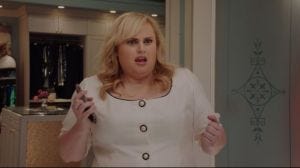Isn’t It Romantic | Horny on Main
In Leo McCarey’s Belle of the Nineties (1934), a Western parody released a few months after the introduction of the Code, Mae West appears in a stage show as Ruby Carter, where the desirable ‘good time girl’ dons various outfits taking on the shape of a rose, a spider, and the Statue of Liberty. In this truncated comedy, strip…
Keep reading with a 7-day free trial
Subscribe to Cinema Year Zero to keep reading this post and get 7 days of free access to the full post archives.





